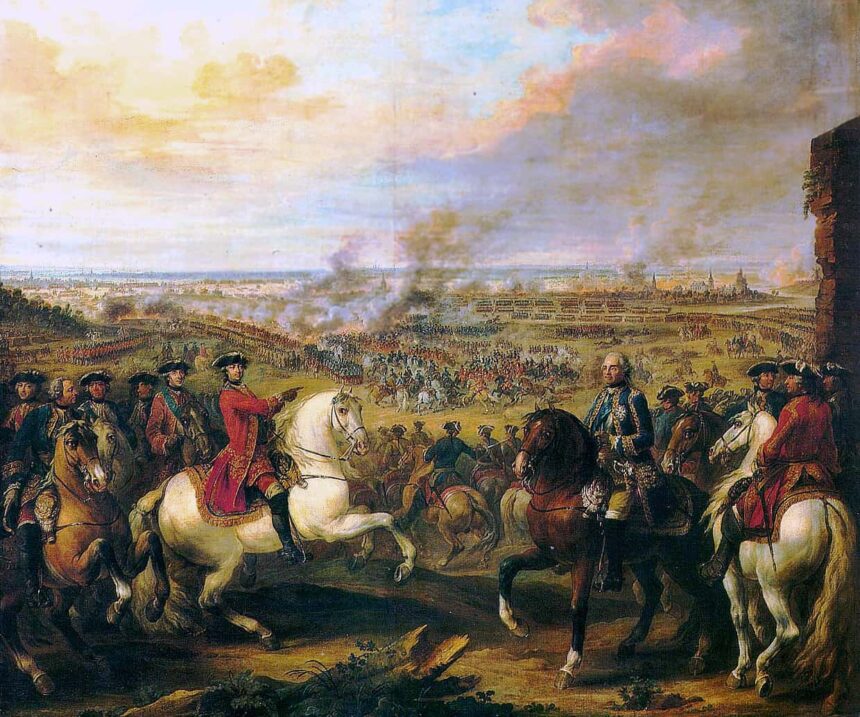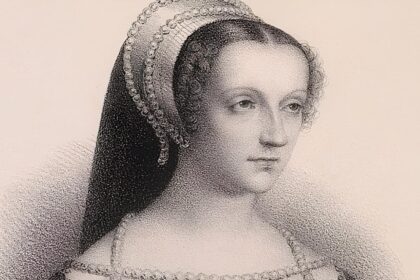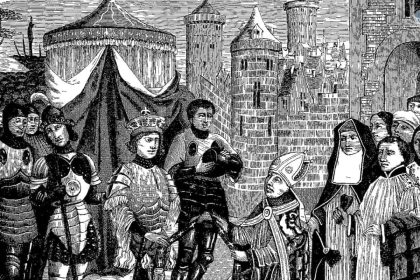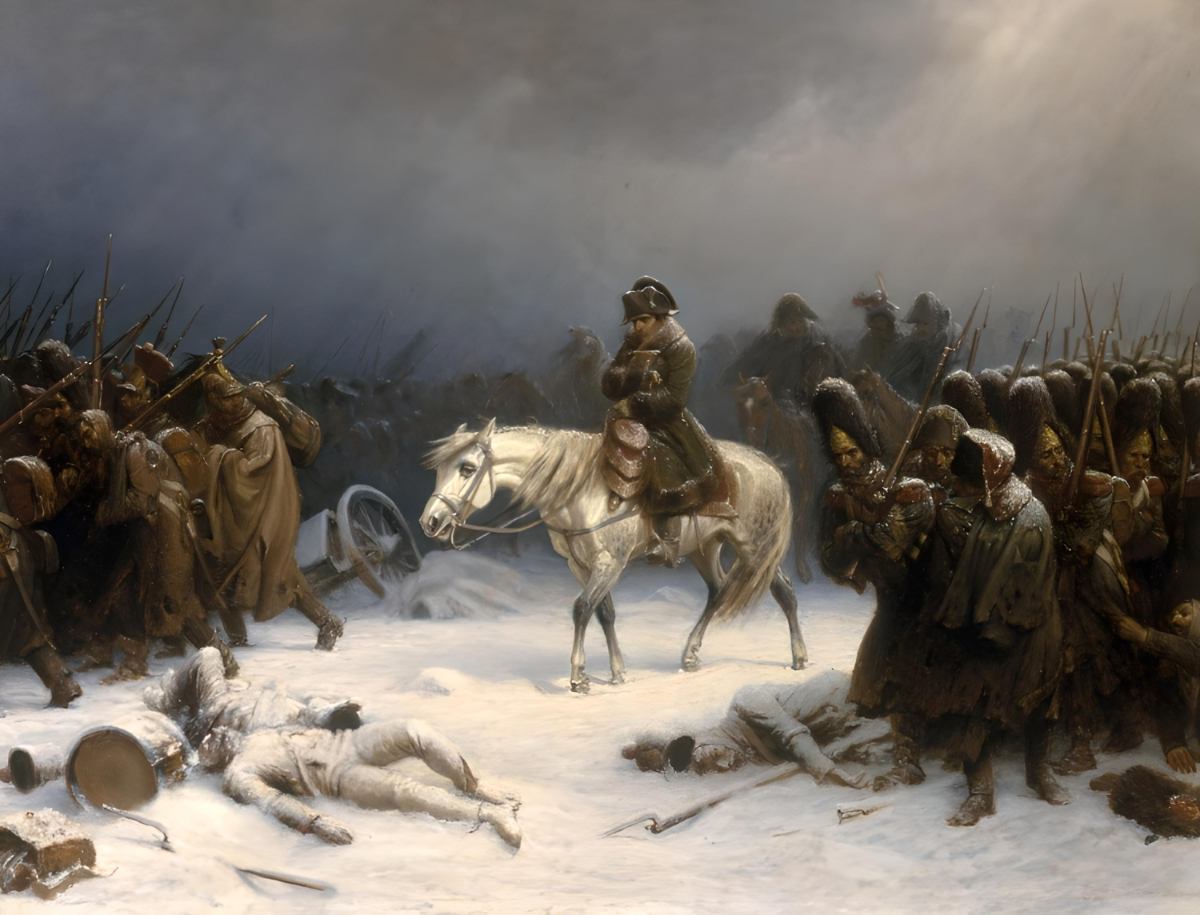Battle of Fontenoy (1745)
The Battle of Fontenoy, fought on May 11, 1745, is one of the most notable engagements of the War of the Austrian Succession (1740-1748). It was a decisive French victory over the British-led Pragmatic Army, which included forces from Great Britain, the Dutch Republic, Austria and Hanover.






